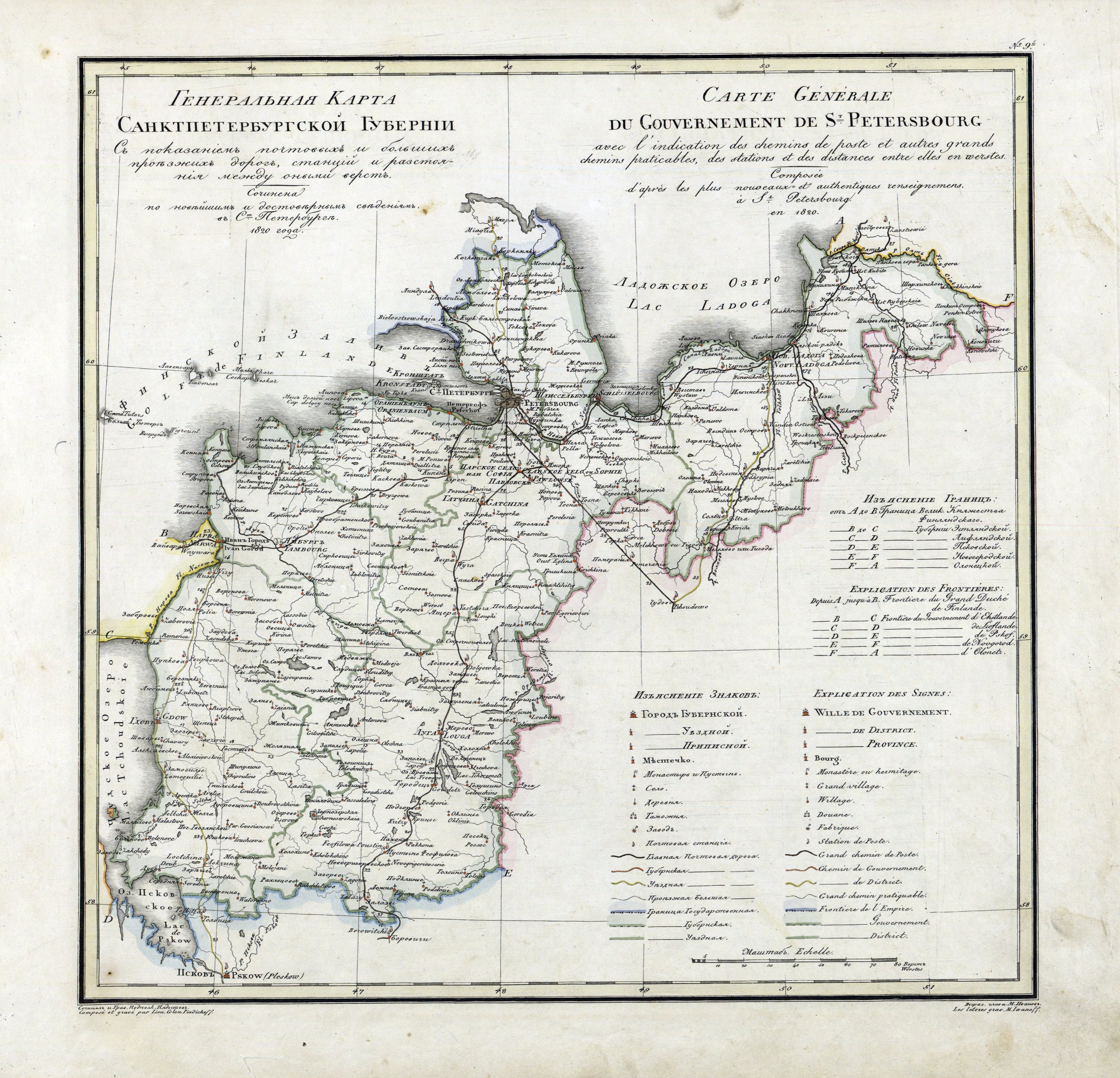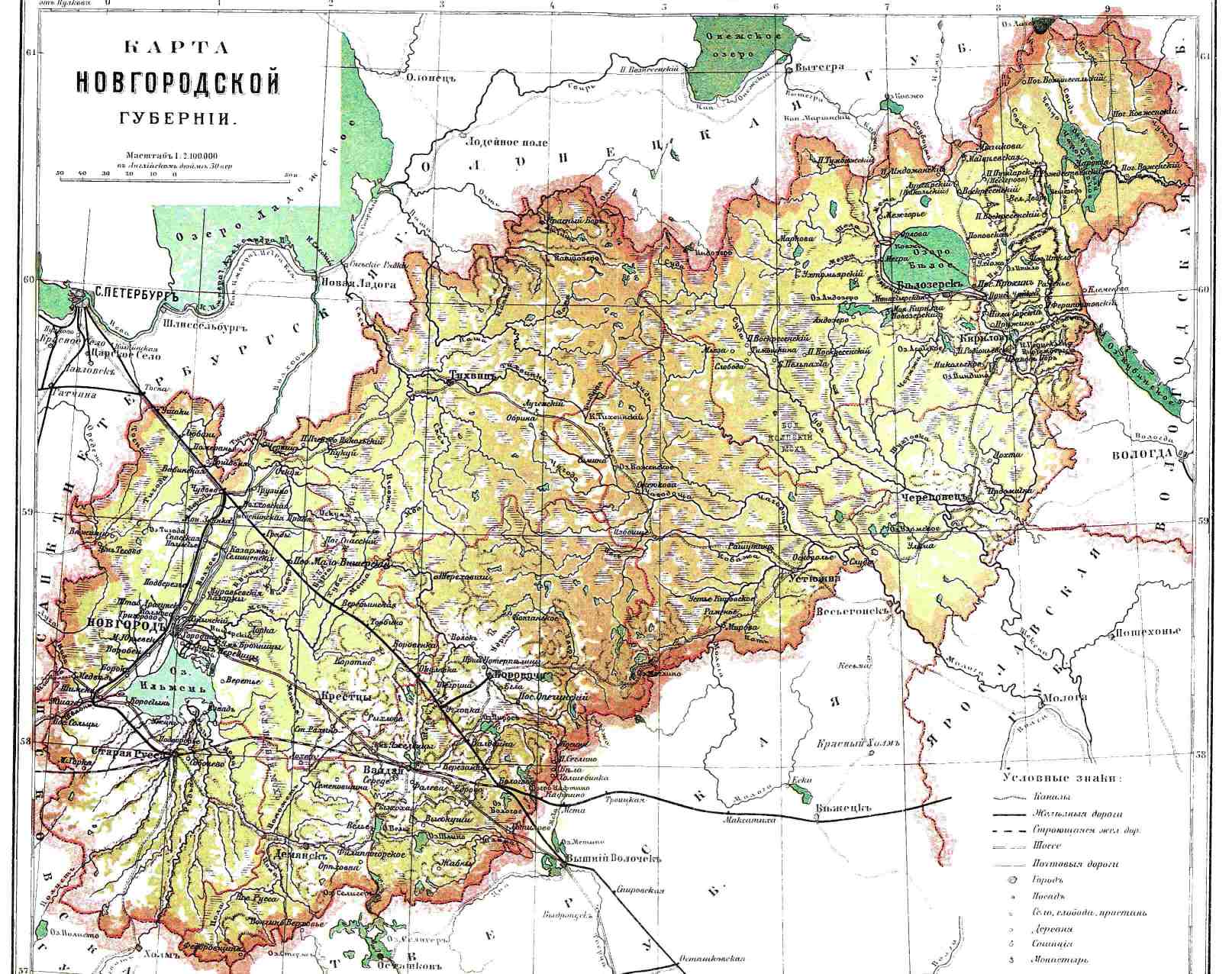|
Ustyuzhna
Ustyuzhna (russian: У́стюжна) is a town and the administrative center of Ustyuzhensky District in Vologda Oblast, Russia, located on the Mologa River, west of Vologda, the administrative center of the oblast. Population: History Considered to have been founded in the 11th century, it was first mentioned, as Zhelezny Ustyug (), in 1252, and in the following centuries was called variously Ustyuzhna Zheleznopolskaya, Ustizhna, Ustizhnya, Ustyuzhnya, and Yustyzhnya. In the 16th–18th centuries it was known mostly as Ustyuzhna-Zheleznaya or Ustyuzhna-Zheleznopolskaya, but since 1808 it had mostly been referred to by its modern name. The origin of the name is unclear, though it may be related to that of Ustyug.Е. М. Поспелов. "Географические названия мира", стр. 436 In 1252, Ustyuzhna was a part of the Principality of Uglich. It was situated on the shortest route from Novgorod to the basin of the Northern Dvina, which caused an ... [...More Info...] [...Related Items...] OR: [Wikipedia] [Google] [Baidu] |
Ustyuzhensky District
Ustyuzhensky District (russian: У́стюженский райо́н) is an administrativeLaw #371-OZ and municipalLaw #1126-OZ district (raion), one of the twenty-six in Vologda Oblast, Russia. It is located in the southwest of the oblast and borders with Babayevsky District in the north, Kaduysky District in the northeast, Cherepovetsky District in the east, Vesyegonsky and Sandovsky Districts of Tver Oblast in the southeast, Pestovsky District of Novgorod Oblast in the southwest, and with Chagodoshchensky District in the west. The area of the district is . Its administrative center is the town of Ustyuzhna.Resolution #178 Population: 21,679 ( 2002 Census); The population of Ustyuzhna accounts for 50.7% of the district's population. Geography The landscape of the district is flat and much of the district's territory belongs to the basin of the Mologa River and its principal left tributaries, the Kobozha and the Chagodoshcha. The Mologa itself crosses the district from south ... [...More Info...] [...Related Items...] OR: [Wikipedia] [Google] [Baidu] |
Ustyuzhensky Selsoviet
Ustyuzhensky District (russian: У́стюженский райо́н) is an administrativeLaw #371-OZ and municipalLaw #1126-OZ district (raion), one of the twenty-six in Vologda Oblast, Russia. It is located in the southwest of the oblast and borders with Babayevsky District in the north, Kaduysky District in the northeast, Cherepovetsky District in the east, Vesyegonsky and Sandovsky Districts of Tver Oblast in the southeast, Pestovsky District of Novgorod Oblast in the southwest, and with Chagodoshchensky District in the west. The area of the district is . Its administrative center is the town of Ustyuzhna.Resolution #178 Population: 21,679 ( 2002 Census); The population of Ustyuzhna accounts for 50.7% of the district's population. Geography The landscape of the district is flat and much of the district's territory belongs to the basin of the Mologa River and its principal left tributaries, the Kobozha and the Chagodoshcha. The Mologa itself crosses the district from sout ... [...More Info...] [...Related Items...] OR: [Wikipedia] [Google] [Baidu] |
Vologda Oblast
Vologda Oblast ( rus, Вологодская область, p=vəlɐˈɡotskəjə ˈobləsʲtʲ, r=Vologodskaya oblast, ) is a federal subject of Russia (an oblast). Its administrative center is Vologda. The Oblast has a population of 1,202,444 ( 2010 Census). The largest city is Cherepovets, the home of the Severstal metallurgical plant, the largest industrial enterprise in the oblast. Vologda Oblast is rich in historic monuments, such as the Kirillo-Belozersky Monastery, Ferapontov Monastery (a World Heritage Site) with the frescoes of Dionisius, medieval towns of Velikiy Ustyug and Belozersk, and baroque churches of Totma and Ustyuzhna. Large reserves of wood and fresh water are the main natural resources. History The area of Vologda Oblast was settled by Finnic peoples in prehistory, and most of the toponyms in the region are in fact Finnic. Vepsians, who still live in the west of the oblast, are the descendants of that population. Subsequently, the area was colonized ... [...More Info...] [...Related Items...] OR: [Wikipedia] [Google] [Baidu] |
Novgorod Governorate
Novgorod Governorate (Pre-reformed rus, Новгоро́дская губе́рнія, r=Novgorodskaya guberniya, p=ˈnofɡərətskəjə ɡʊˈbʲernʲɪjə, t=Government of Novgorod), was an administrative division (a '' guberniya'') of the Russian Empire and the Russian SFSR, which existed from 1727 to 1776 and from 1796 to 1927. Its administrative center was in the city of Novgorod. The governorate was located in the northwest of the European part of the Russian Empire. History The governorate was established in 1727 from Belozersk, Novgorod, Pskov, Tver and Velikiye Luki Provinces of St. Petersburg Governorate. It was abolished by a decree (''ukase'') of Catherine II on , 1776, which established Novgorod and Tver Viceroyalties instead. Novgorod Viceroyalty included Novgorod and Olonets Oblast, whereas Tver Viceroyalty was made of the former Tver Province. The viceroyalty was never formally abolished, however, after a number of administrative transformations it was ... [...More Info...] [...Related Items...] OR: [Wikipedia] [Google] [Baidu] |
Mologa River
The Mologa (russian: Моло́га) is a river in Maksatikhinsky, Bezhetsky, Lesnoy, and Sandovsky Districts of Tver Oblast, Pestovsky District in Novgorod Oblast, and Ustyuzhensky and Cherepovetsky Districts in Vologda Oblast Russia. It is a left tributary of the Volga. The lower course of the Mologa has been turned into the Rybinsk Reservoir. It is long, and the area of its basin .«Река Молога» Russian State Water Registry The principal tributaries of the Mologa are the (right), the (left), the |
Saint Petersburg Governorate
Saint Petersburg Governorate (russian: Санкт-Петербу́ргская губе́рния, ''Sankt-Peterburgskaya guberniya''), or Government of Saint Petersburg, was an administrative division (a '' guberniya'') of the Tsardom of Russia, the Russian Empire, and the Russian SFSR, which existed during 1917–1927. Establishment Ingermanland Governorate (, ''Ingermanlandskaya guberniya'') was created from the territories reconquered from the Swedish Empire in the Great Northern War. In 1704 prince Alexander Menshikov was appointed as its first governor, and in 1706 it was first Russian region designated as a ''Governorate''. According to the Tsar Peter the Great's edict as on , 1708,Указ об учреждении губерний и � ... [...More Info...] [...Related Items...] OR: [Wikipedia] [Google] [Baidu] |
Cherepovets Governorate
Cherepovets Governorate (russian: Череповецкая губерния, ''Cherepovetskaya guberniya'') was a governorate ('' guberniya'') of the Russian Soviet Federative Socialist Republic from 1918 to 1927. Its seat was in the city of Cherepovets. The governorate was located in the North of European Russia, and its territory is currently divided between Vologda, Novgorod, and Leningrad Oblasts. History The governorate was established on June 26, 1918 by the People's Commissariat for Internal Affairs of the Russian Soviet Federative Socialist Republic. The territory of the governorate was formed from five uyezds which were previously a part of Novgorod Governorate (the uyezd centers are given in parentheses) *Belozersky Uyezd (Belozersk); *Cherepovetsky Uyezd (Cherepovets); *Kirillovsky Uyezd ( Kirillov); * Tikhvinsky Uyezd (Tikhvin); *Ustyuzhensky Uyezd (Ustyuzhna). Between 1918 and 1921 parts of Pozhekhonsko-Volodarsky Uyezd of Yaroslavl Governorate were transferred to ... [...More Info...] [...Related Items...] OR: [Wikipedia] [Google] [Baidu] |
Ustyuzhensky Uyezd
Ustyuzhensky Uyezd (''Устюженский уезд'') was one of the subdivisions of the Novgorod Governorate of the Russian Empire. It was situated in the northeastern part of the governorate. Its administrative centre was Ustyuzhna. Demographics At the time of the Russian Empire Census of 1897, Ustyuzhensky Uyezd had a population of 99,737. Of these, 99.6% spoke Russian, 0.1% German German(s) may refer to: * Germany (of or related to) ** Germania (historical use) * Germans, citizens of Germany, people of German ancestry, or native speakers of the German language ** For citizens of Germany, see also German nationality law **Ge ..., 0.1% Estonian and 0.1% Karelian as their native language. Демоскоп Weekly - Приложение. Справочник статистических показателей References [...More Info...] [...Related Items...] OR: [Wikipedia] [Google] [Baidu] |
Novgorod Viceroyalty
Novgorod Viceroyalty (russian: Новгоро́дское наме́стничество) was an administrative division (a '' namestnichestvo'') of the Russian Empire, which existed in 1776–1796. The seat of the Viceroyalty was located in Novgorod. The viceroyalty was established by a decree (''ukase'') of Catherine II on , 1776. It was subdivided into two oblasts: Novgorod and Olonets Oblast. The predecessor of Novgorod Viceroyalty was Novgorod Governorate with the seat in Novgorod. Tver Province which belonged to Novgorod Governorate, was transformed into Tver Viceroyalty, and the rest of the governorate became Novgorod Viceroyalty. Novgorod Oblast included ten '' uyezds'', and, in particular, Kresttsy and Kirillov were chartered to become uyezd towns. Olonets Oblast included five uyezds, and Petrozavodsk was chartered in 1777. As with most of other governorates and viceroyalties established in the 1770s–1780s, the establishment of Vologda Viceroyalty was a part of the ... [...More Info...] [...Related Items...] OR: [Wikipedia] [Google] [Baidu] |
Leningrad Oblast
Leningrad Oblast ( rus, Ленинградская область, Leningradskaya oblast’, lʲɪnʲɪnˈgratskəjə ˈobləsʲtʲ, , ) is a federal subjects of Russia, federal subject of Russia (an oblast). It was established on 1 August 1927, although it was not until 1946 that the oblast's borders had been mostly settled in their present position. The oblast was named after the city of Saint Petersburg, Leningrad. In 1991, the city restored its original name, Saint Petersburg, but the oblast retains the name of Leningrad. The capital and largest city is Gatchina. The oblast overlaps the historic region of Ingria and is bordered by Finland (Kymenlaakso and South Karelia) in the northwest and Estonia (Ida-Viru County) in the west, as well as five federal subjects of Russia: the Republic of Karelia in the northeast, Vologda Oblast in the east, Novgorod Oblast in the south, Pskov Oblast in the southwest, and the federal city of Saint Petersburg in the west. The first governor of L ... [...More Info...] [...Related Items...] OR: [Wikipedia] [Google] [Baidu] |
Cherepovets Okrug
Cherepovets ( rus, Череповец, p=tɕɪrʲɪpɐˈvʲɛts) is a city in Vologda Oblast, Russia, located in the west of the oblast on the banks of the Sheksna River (a tributary of the Volga River) and on the shores of the Rybinsk Reservoir. As of the 2010 Census, its population was 312,310, making it the most populous city in the oblast. Etymology The origin of the word "Cherepovets" is a subject of much debate among the local historians. According to one version, the city supposedly received its name from the word "skull" (russian: череп, ''cherep''). In antiquity, a pagan sanctuary was there in honor of the god Veles on the hill at the confluence of the Sheksna and Yagorba Rivers. The top of the hill was called the "skull." Another version suggests that the word "Cherepovets" originates from the name of the tribe "Ves" (), who inhabited the Sheksna's banks. According to this version, "Cherepovets" in the language of local indigenous Veps means "Veps' fish hil ... [...More Info...] [...Related Items...] OR: [Wikipedia] [Google] [Baidu] |
Cherepovets
Cherepovets ( rus, Череповец, p=tɕɪrʲɪpɐˈvʲɛts) is a city in Vologda Oblast, Russia, located in the west of the oblast on the banks of the Sheksna River (a tributary of the Volga River) and on the shores of the Rybinsk Reservoir. As of the 2010 Census, its population was 312,310, making it the most populous city in the oblast. Etymology The origin of the word "Cherepovets" is a subject of much debate among the local historians. According to one version, the city supposedly received its name from the word "skull" (russian: череп, ''cherep''). In antiquity, a pagan sanctuary was there in honor of the god Veles on the hill at the confluence of the Sheksna and Yagorba Rivers. The top of the hill was called the "skull." Another version suggests that the word "Cherepovets" originates from the name of the tribe "Ves" (), who inhabited the Sheksna's banks. According to this version, "Cherepovets" in the language of local indigenous Veps means "Veps' fish hill ... [...More Info...] [...Related Items...] OR: [Wikipedia] [Google] [Baidu] |





